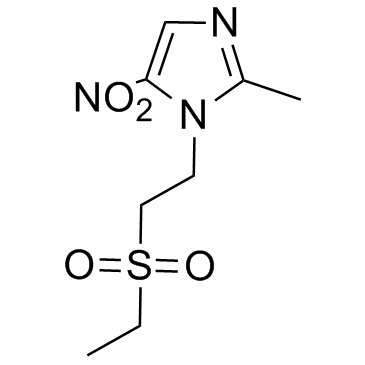| 结构式 | 名称/CAS号 | 全部文献 |
|---|---|---|
 |
替硝唑
CAS:19387-91-8 |
|
 |
氨苯蝶啶
CAS:396-01-0 |
| 结构式 | 名称/CAS号 | 全部文献 |
|---|---|---|
 |
替硝唑
CAS:19387-91-8 |
|
 |
氨苯蝶啶
CAS:396-01-0 |